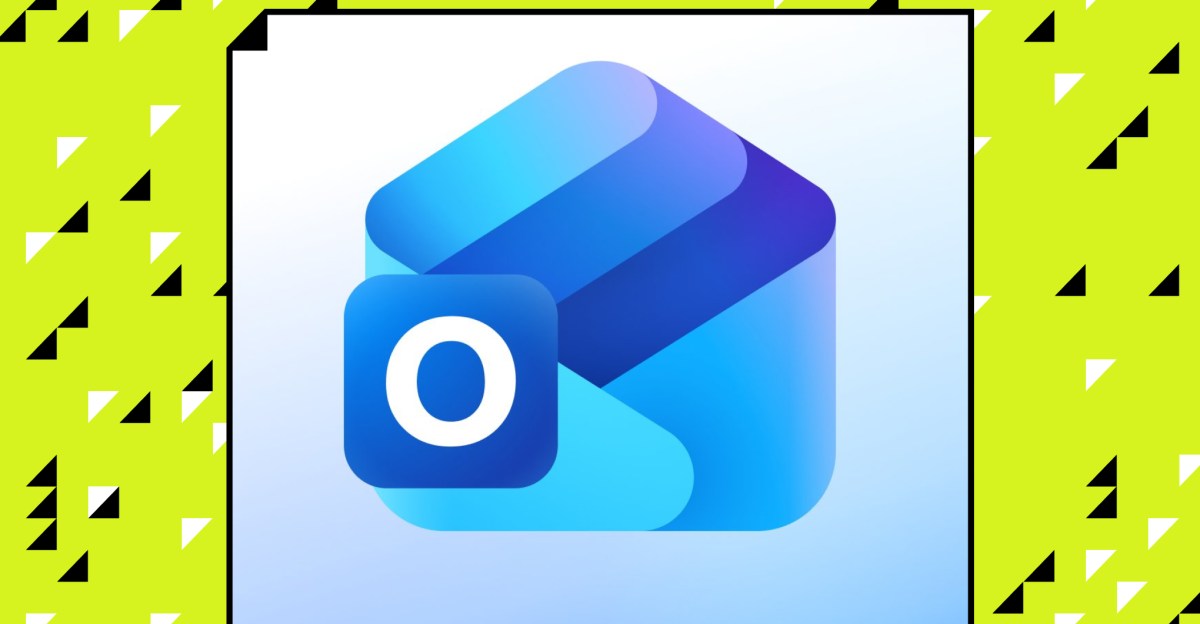Microsoft is rebuilding Outlook as an AI first assistant with Copilot style drafting, email summarization and workflow automation. Phased rollouts and enterprise controls aim to manage reliability, compliance and deployment for businesses.

Published October 24 2025
Microsoft announced a major rebuild of Outlook that positions the app as an AI first assistant focused on Copilot style help across email and calendar workflows. Reporting says the overhaul will fold deeper generative features into drafting, summarization, scheduling and automation. For teams and businesses this could mean measurable productivity gains and new approaches to IT governance and change management.
Outlook has long been essential and also a source of friction for knowledge workers. Email overload, fragmented calendars and repetitive scheduling drain time. Microsoft has been moving from point features to platform level assistance since the introduction of Copilot for Microsoft 365. This initiative reframes Outlook as a workspace assistant that can automate routine work, surface priorities and integrate with enterprise controls.
For small businesses and enterprise teams, Copilot style drafting and reliable email summarization can deliver real time savings. Use cases include faster meeting prep, fewer repetitive replies and improved task prioritization. Businesses should track ROI metrics and time savings such as reduced time spent on email per week and increased output per employee.
Generative features must be predictable before wide adoption. Inaccurate summaries or scheduling errors can create legal and operational risk. The phased rollout approach and enterprise controls are designed to build trust. Organizations should pilot features, set governance policies and create oversight processes so humans verify automated actions until confidence thresholds are met.
Enterprises will require data privacy controls, compliance certifications and technical safeguards. Microsoft appears to be planning options for GDPR compliance, SOC 2 certified workflows, data residency choices, encryption protocols, zero trust architecture and multi factor authentication. Technical teams should evaluate integration capabilities, single sign on scenarios and audit logging to ensure traceability.
Inbox work may shift from manual execution to supervision and curation. Roles such as executive assistants, schedulers and operations coordinators may evolve toward exception handling and AI supervision. Planning for training, onboarding and adoption metrics will be critical to capture productivity gains.
Outlook as an assistant strengthens Microsoft in the enterprise productivity market and raises the bar for third party tools that add scheduling automation, summarization or task extraction. Buyers will compare deployment strategies, scalability benchmarks and support resources when choosing solutions.
Microsofts AI first rebuild of Outlook aims to reframe the inbox as a context aware assistant that helps draft, summarize, schedule and automate routine work. The potential for productivity gains is clear, but success will depend on reliability, robust enterprise controls and careful change management. Organizations that prepare deployment strategies, measure ROI and plan adoption can position themselves to benefit as features roll out.



